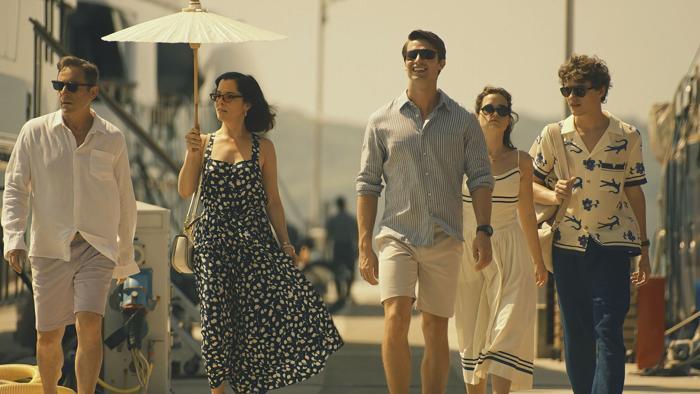Divine Encounters: 'White Lotus' Season 3 Serves Up a Spiritual Feast

Natasha Rothwell Reveals the Surreal Experience of Filming The White Lotus
Stepping onto the set of HBO's hit series "The White Lotus" is like entering a living, breathing work of art, according to star Natasha Rothwell. In a recent interview, the actress described her latest acting experience as remarkably dreamlike, comparing it to "living inside a screensaver" - a vivid metaphor that captures the show's stunning visual aesthetic and immersive atmosphere.
Rothwell, known for her dynamic performances and sharp wit, brings her unique energy to the latest season of the critically acclaimed anthology series. Her description suggests that the show's breathtaking locations and meticulously crafted visual design create an almost unreal environment that blurs the lines between reality and cinematic fantasy.
The White Lotus has become renowned for its visually striking settings and complex character dynamics, with each season transporting viewers to a luxurious and slightly unsettling world. Rothwell's colorful description offers fans a tantalizing glimpse into the magical behind-the-scenes experience of bringing the show's unique vision to life.

